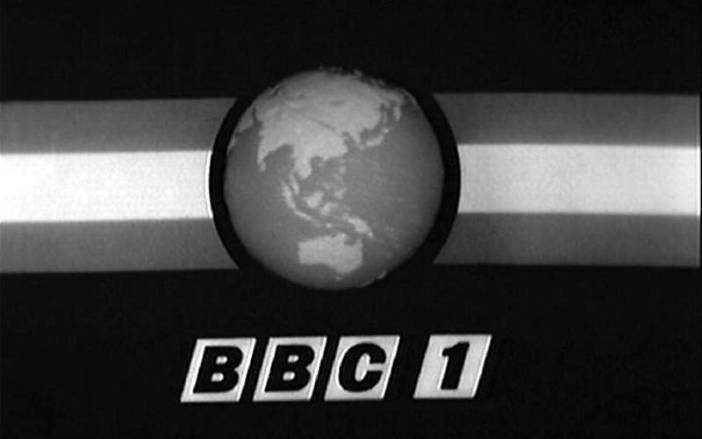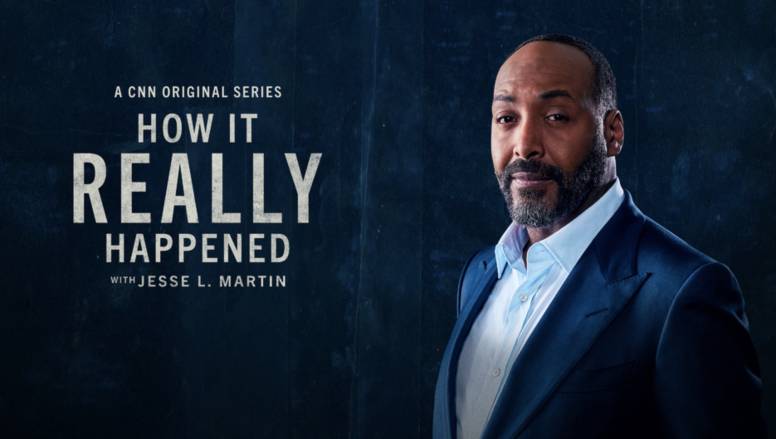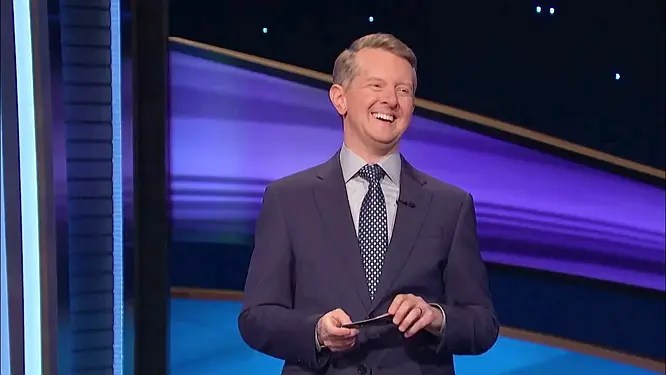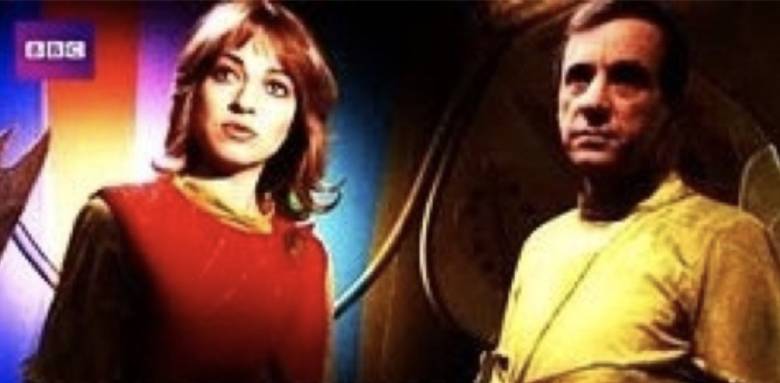The most successful television shows are the ones that people take to heart, the ones with characters so believable they make us feel like we’re on a weekly visit with a group of friends. It’s a rare achievement, but the shows that do pull it off become the highlights of TV history. A perfect example is The Mary Tyler Moore Show, a classic series that won over viewers everywhere with its rich, perfectly detailed character ensemble, becoming one of television’s all-time greats.
The Mary Tyler Moore Show focused on Mary Richards, a single woman in her early 30’s who moved to Minneapolis to start over after ending a long-term relationship. She quickly landed a job as a news producer at WJM-TV, the lowest-rated station in town. Mary’s new setting brought her into contact with plenty of colorful characters. At home, she dealt with Phyllis Lindstrom, her neurotic landlady, and Rhoda Morgenstern, a sharp-tongued window dresser who was on the prowl for a husband. At work, Mary interacted with her gruff (but secretly kind) boss Lou Grant, the unflappably cheerful head writer Murray Slaughter, and the absurdly egotistical news show anchor Ted Baxter.
When this diverse collection of personalities interacted, there were plenty of sparks, and these formed the heart of each episode. Unlike other, more gimmicky sitcoms of the time, The Mary Tyler Moore Show never let its plots get cartoonish, focusing on character development instead. Week after week, viewers tuned in because they became wrapped up in the lives of these convincingly realistic people. They marveled at Ted’s inability to get over himself and keep his ego in check, giggled over Rhoda’s totally unique outlook on life, and wondered if Lou would ever summon up the nerve to court Mary.
But of course the key to the show was Mary Tyler Moore herself. She had previously proven her sitcom savvy in The Dick Van Dyke Show, and here she provided the perfect focus. She was witty and charming enough to be likable, which made the fact that she wasn’t chomping at the bit to become a wife and mother palatable for television audiences. But Mary had enough flaws to make her believably human: she was capable of saying the wrong thing at the wrong time and had to deal with problems like an addiction to sleeping pills. The chinks in her armor made her seem all the more real, and all the more sympathetic for the folks at home.
These finely-tuned personalities fused to form a pitch-perfect blend of subtle comedy and light drama. The Mary Tyler Moore Show quickly won over fans and became an important part of CBS’s 1970’s Saturday night lineup, along with other distinguished programs like All In The Family and The Carol Burnett Show. Its success also led to spin-offs, as a pair of Mary’s buddies departed to their own series, Phyllis and Rhoda. After the show ended, Ed Asner also got his own program in Lou Grant. Like The Mary Tyler Moore Show itself, these spin-offs were all produced by Moore’s production company, MTM Productions.
To fill the void left by Phyllis and Rhoda, The Mary Tyler Moore Show introduced two important new characters. The first was Georgette Franklin, a ditzy but sweet blonde staff member at WJM-TV who became the girlfriend and eventual wife of Ted Baxter. This relationship helped humanize Ted, allowing him to progress from comic foil to three-dimensional character as he became a husband and a father. The second notable addition was Sue Ann Nivens, a man-eater who provided much comedy by setting her sights on seducing Lou. Her often-salacious banter with Lou allowed us to see a lighter side to his character.
By the mid-1970’s, The Mary Tyler Moore was a prime-time institution. Mary Tyler Moore recognized this and decided to end the show while it was still ahead in 1977. The dramatic final episode had the WJM-TV station getting new owners, who abruptly fired most of the present staff. Ironically, the brass decided to keep Ted, the one person consistently blamed for the station’s low ratings. The show’s cast members said their tearful goodbyes to each other, and their magical time together came to an end.
Today, The Mary Tyler Moore Show continues to be held in high regard as one of television’s finest achievements, voted as #1 in Entertainment Weekly’s 1993 list of ‘The 101 Most Important Prime Time Shows Of All Time.’ It also holds up as a reliable and well-watched favorite in syndication, and it’s easy to see why: viewers felt real affection for the characters, as if Mary and company were real-life friends. Nobody likes to let go of old friends, and nobody will soon forget The Mary Tyler Moore Show.
production details
USA / CBS – MTM / 168×25 minute episodes / Broadcast 19 September 1970 – 3 September 1977
Creators/Executive Producers: James L. Brooks, Allan Burns / Producers: Ed Weinberger, Stan Daniels, David Davis, Lorenzo Music
cast
Mary Tyler Moore as Mary Richards
Edward Asner as Lou Grant
Valerie Harper as Rhoda Morgenstern (1970-74)
Gavin MacLeod as Murray Slaughter
Ted Knight as Ted Baxter
Cloris Leachman as Phyllis Lindstrom (1970-75)
Georgia Engel as Georgette Franklin Baxter (1973-77)
Betty White as Sue Ann Nivens (1973-77)
John Amos as Gordon (Gordy) Howard (1970-73)
Joyce Bulifant as Marie Slaughter (1971-77)
Lisa Gerritsen as Bess Lindstrom (1970-75)
Priscilla Morrill as Edie Grant (1973-74)
Robbie Rist as David Baxter (1976-77)
Nancy Walker as Ida Morgenstern (1971-74)









